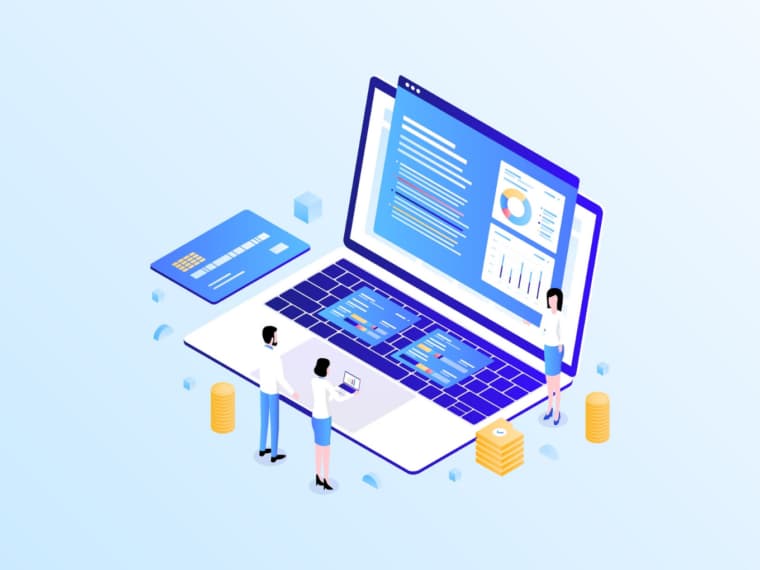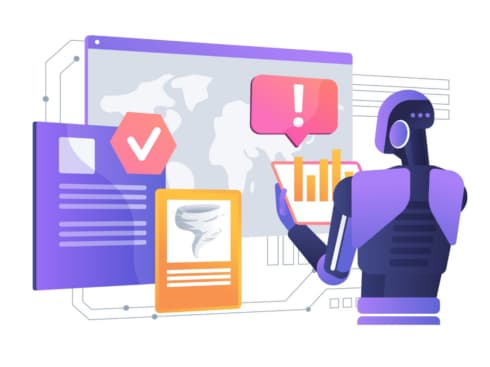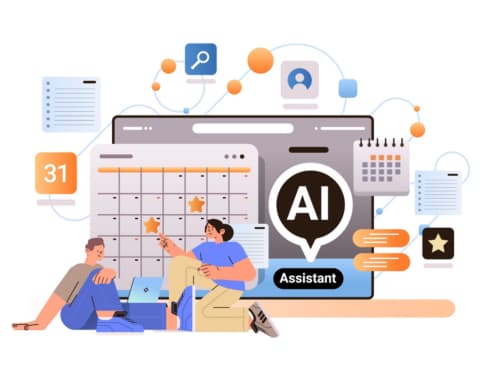
B2B SaaS products, specifically digital learning and engagement platforms, are becoming crucial tools for companies to maintain a competitive edge
Digital platforms that leverage psychological insights to design games for learning and engagement in the workplace can give companies a leg up
SaaS platforms are well-suited for building gamified digital learning and engagement strategies due to their native flexibility
In today’s fast-changing and ultra-competitive corporate landscape, where market share and segment leadership are determined by the smallest of competitive advantages, companies are striving to keep their employees motivated, better engaged and ahead of the learning curve.
B2B SaaS products have taken the world of business by storm in recent years. Gone are the days of large, monolithic, version-based software, which was cumbersome and non-intuitive to use. Instead, SaaS products are emerging as flexible and powerful alternatives that might do more specialised functions but do them far better and focus on making it easy for users. Such SaaS products have helped enterprises transform various aspects of their operations and have driven higher adoption of technology in their day-to-day lives. These business-to-business software-as-a-service products are mostly available on the cloud and address a wide array of needs for companies, from brand-building and accounting to employee training.
Of the various B2B SaaS models available, digital learning and engagement platforms are of particular interest to companies in a rapidly changing, post-Covid world. A study by Global Market Insights indicates that the game-based learning market is expected to hit $50 Bn by 2028.
As companies scale, the need to enable, engage and train their workforces rises rapidly. Thus, SaaS-based learning and engagement platforms are fast becoming crucial tools for companies to maintain a competitive edge. They can help businesses manage their employees, gig workers, vendors, distributors, sellers and customers to their maximum benefit. Here’s how a complete digital engagement suite can help your company perform better.
Why Game-Based Training Is Gaining Ground?
Strategies that rely purely on classroom training are rapidly falling out of sync with the needs of new-age companies. Such strategies start to become cumbersome and expensive, with limited scalability. Moreover, the specific needs of different age groups, like GenZ, who are digital natives and GenX, who are more analogue, or different job profiles, like blue-collar and white-collar, make modern learning and enablement an impossibly complex canvas. Classroom training cannot be expected to keep up with these multifarious requirements. Moreover, even employees tend to shun classroom training as it could get mundane.
Given all these considerations, a digital approach to employee engagement has become a necessity rather than a choice for companies. And digital platforms that leverage deep psychological insights to design games for learning and engagement in the workplace can give companies that much-needed leg up when they’re trying to scale quickly.
Plain digital learning modules are not the same as game-based learning. Simply going through several slides online isn’t engaging enough. However, games, on the other hand, can generate unprecedented engagement.
Why? This is because playing games is found to trigger the release of dopamine in the brain. Dopamine is a chemical that reinforces behaviour and is associated with pleasure and motivation. Gamifying or using the psychology behind games to design engagement and learning modules for employees can help translate these traits into more productive outcomes. When a user plays a game, they tend not to think of the activity as a chore. Gamification breaks the monotony and brings in elements of fun and competition.
For instance, a gamified interface for sales employees with a leaderboard can foster a healthy competitive environment and encourage employees to improve their performance. A gamified training module can similarly translate learning from a push-based exercise to a pull-based endeavour. A meta-analysis on the effectiveness of game-based learning showed that games improved retention by 90%, practical knowledge by 20% and generated three times the number of completed tasks. It also increased the self-confidence of learners by up to 20%!
Game-based learning also has the advantage of being a continuous process. Learners find it easy and compelling to refresh their knowledge from time to time because of the attractive nature of the learning medium. There are advantages of speed too. Say, when hiring gig workers for an ecommerce marketplace, such a tool helps in speedy onboarding and is infinitely scalable.
Game-Based Learning Strategy 101
Making the engagement module a mobile application is a good starting point. An app-based gamified module has the benefits of being convenient and agnostic of location and time, making it a boon, especially for field-based teams.
These applications also allow for easier customisation and help provide differentiated strategies for different job profiles, including a hybrid strategy with a combination of digital and classroom training to leverage the benefits of both worlds. For example, for grey-collar and blue-collar, digital strategies could form the bulk given their low proximity to classrooms.
The strategy must be organised around different categories of needs, such as pre-boarding, onboarding, upskilling, and continuous improvement, among others, with tailored approaches for each of these scenarios.
Data gathering and analysis form an integral part of a good digital strategy. It is very important to collect data not just on the completion of modules by employees, which is very static. Good game-based engagement platforms have the ability to collect granular data, which can offer insights and analytics on areas of improvement. These can be reviewed to keep fine-tuning the learning strategy in real time.
Moreover, a good strategy goes beyond capturing qualitative data on learning measurement and correlating it with business outcomes. Clear-cut objectives or outcomes from these programmes are a must to ensure they are in line with the business expectations of the senior leadership.
The Saas Model For Learning
SaaS platforms shine in the sphere of building gamified digital learning and engagement strategies, given their native flexibility. The flexibility of SaaS digital learning and engagement platforms ensures that these can be co-managed by business teams to reduce the burden on central teams for all learning needs. At the same time, these SaaS systems reduce costs and allow companies to be on the latest version of the platform without having to switch versions or worry about backward compatibility.
In today’s world that is cluttered with a plethora of brands, a surfeit of communication, emerging hybrid work models, and geographically dispersed workforces coupled with the Great Resignation, companies cannot afford to ignore the advantages of B2B SaaS digital learning and engagement platforms. Opting for one that uses gaming strategies could just deliver the superlative outcomes that a business needs to achieve that step jump.




 Fintech
Fintech Travel Tech
Travel Tech Electric Vehicle
Electric Vehicle Health Tech
Health Tech Edtech
Edtech IT
IT Logistics
Logistics Retail
Retail Ecommerce
Ecommerce Startup Ecosystem
Startup Ecosystem Enterprise Tech
Enterprise Tech Clean Tech
Clean Tech Consumer Internet
Consumer Internet Agritech
Agritech































